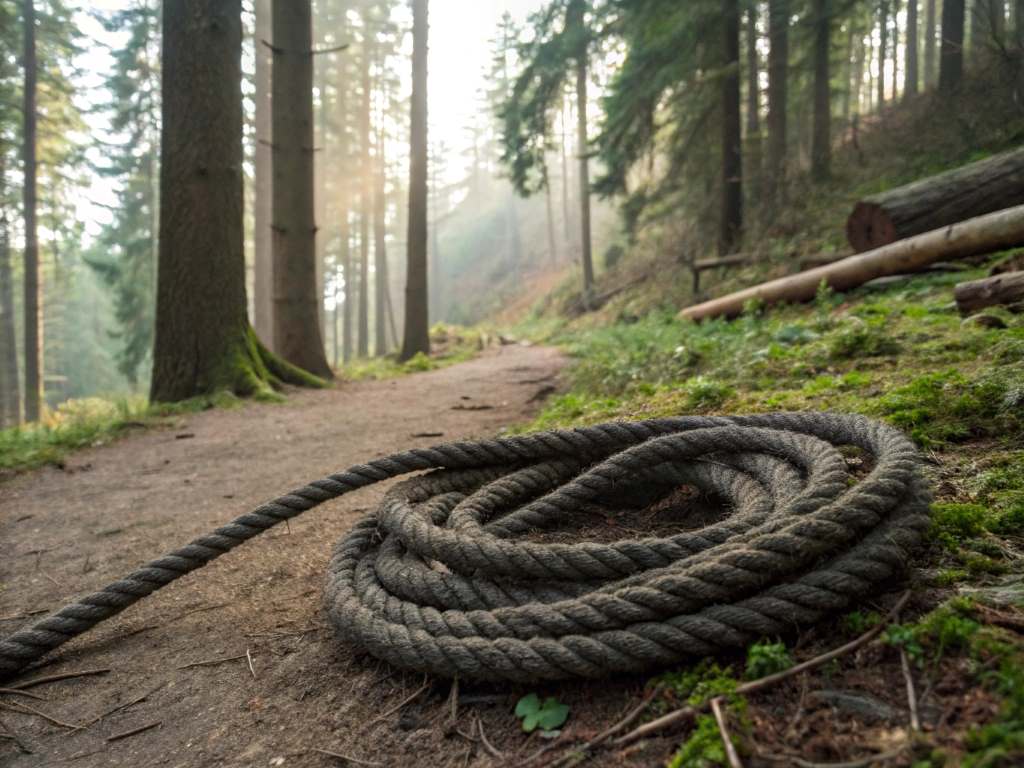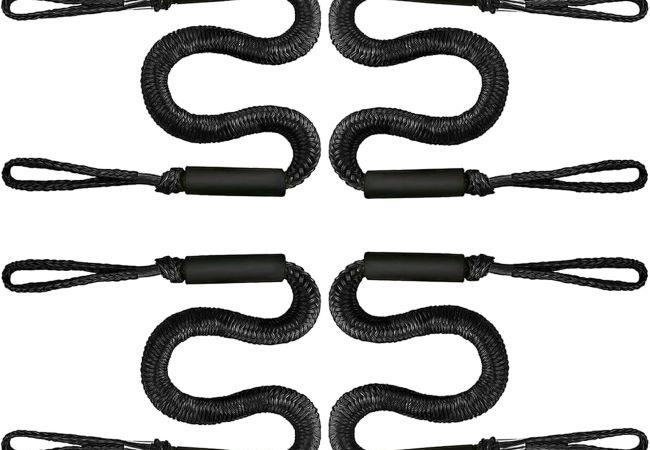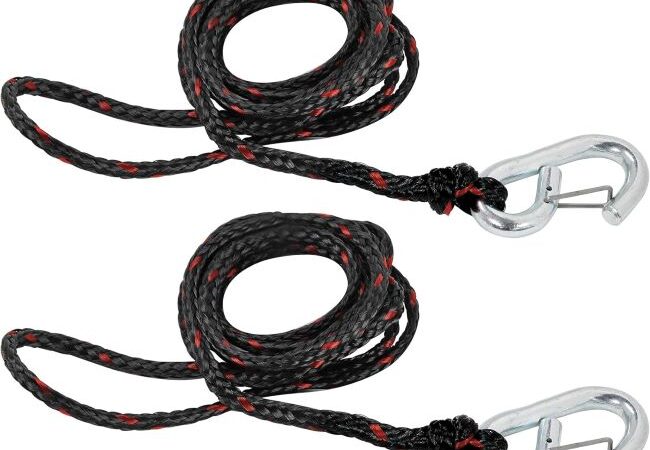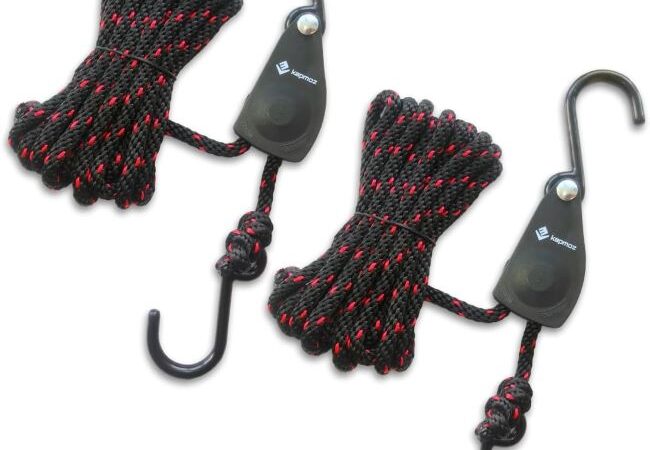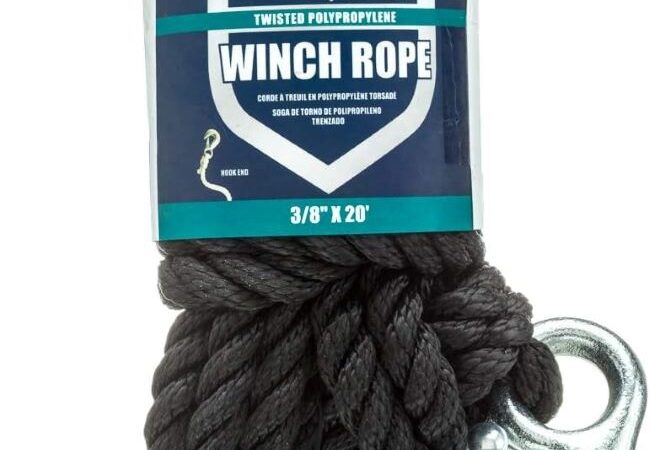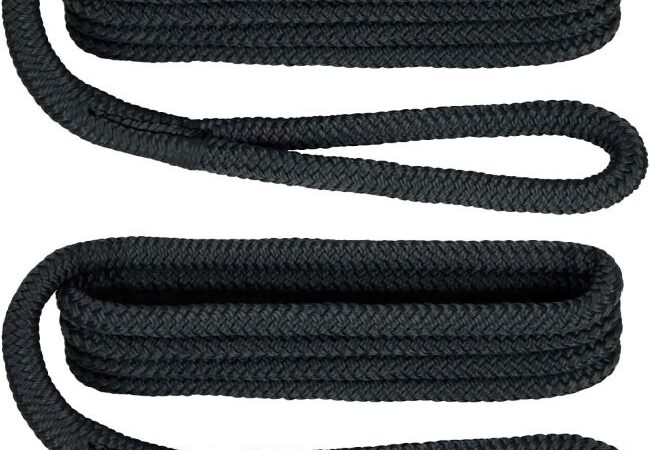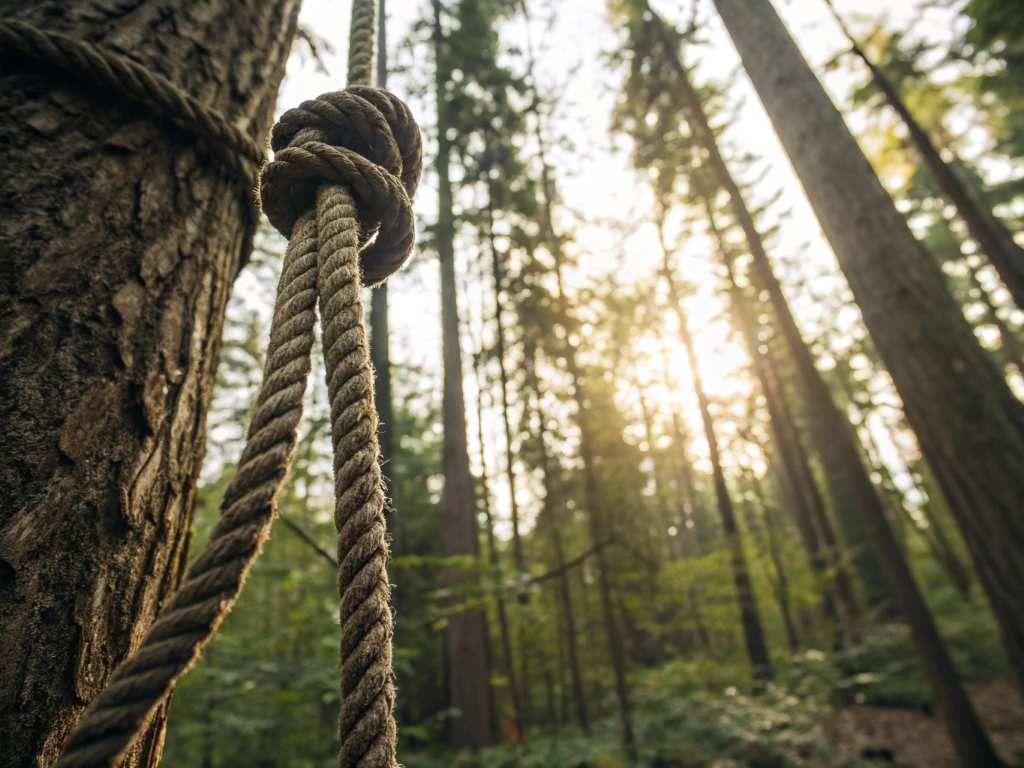
Choosing the Best Rope for Tree Pulling and Logging: The Ultimate Safety and Efficiency Guide
Tree pulling and logging aren’t tasks to take lightly. They involve immense forces, sharp tools, and unpredictable nature. Whether you’re a seasoned arborist, a rural landowner clearing a trail, or a professional logger, choosing the best rope for tree pulling can mean the difference between a clean job and a catastrophic mistake. While chainsaws and wedges get the spotlight, the humble rope is the unsung hero that anchors the whole operation — literally. Understanding the perfect rope for the job isn’t as simple as walking into a hardware store and picking the thickest one. Different materials behave in specific ways. Some stretch, some don’t. Some resist water and UV rays, while others wear down fast. Let’s untangle this topic and lay out a comprehensive guide, pulling you out of confusion and into clarity.
Contents at a Glance
ToggleBest Rope for Tree Pulling
The best rope for tree pulling depends on your task, gear, and terrain. Not every tree pull or logging job requires the same rope properties. For some, stretch and shock absorption are vital. Others demand rigidity and control. Here’s what you should consider:
Safety Above All Else
Ropes are not merely tools — they are critical safety components. A rope failure under load can result in sudden, violent force releases, often with disastrous results. Hence, understand these two key terms:
- Breaking Strength (MBS): This is the maximum force a rope can take before it breaks.
- Working Load Limit (WLL): Usually 1/5 to 1/10 of the breaking strength. It’s the maximum weight you should ever apply in real-world use.
Efficiency Is Key
Choosing a rope that flows smoothly through pulleys or around tree trunks means fewer headaches, less fatigue, and quicker results. Lightweight, low-friction ropes boost productivity by minimizing unnecessary strain on workers and equipment.
Rope Durability and Longevity
Imagine buying a new rope every few weeks. Doesn’t sound budget-friendly, right? Durable ropes save time and money by enduring abrasion, UV rays, water, and dirt. That’s why you need to invest smart, not cheap.
Application-Specific Matching
You wouldn’t wear running shoes to hike rocky trails — the same logic applies here. The rope for lowering limbs differs from one used in winching or climbing.
Understanding Rope Materials
Each rope material brings a distinct blend of properties. Here’s a breakdown:
Nylon
- Strengths: Outstanding elasticity makes it ideal for dynamic pulling. Absorbs shocks and prevents jerks.
- Weaknesses: Loses strength when wet. Can feel heavy and be less UV-resistant.
- Ideal For: Winching, directional felling where shock loads are common.
Polyester
- Strengths: Low stretch, high UV and abrasion resistance. Holds its strength in wet conditions.
- Weaknesses: Offers minimal shock absorption.
- Ideal For: Precision work — static loads like rigging, lowering limbs, taglines.
Polypropylene
- Strengths: Light and floats on water.
- Weaknesses: Poor UV and abrasion resistance. Unsafe for serious tree work.
- Ideal For: Temporary guide lines or markers only.
HMPE (High-Modulus Polyethylene, e.g., Dyneema/Spectra)
- Strengths: Extremely strong and light. Doesn’t stretch. Floats. UV and water resistant.
- Weaknesses: Expensive. May creep under constant high loads.
- Ideal For: Synthetic winch lines, elite rigging where weight matters.
Rope Construction: Twisted vs. Braided
The way a rope is built affects how it handles, knots, and wears.
Three-Strand (Twisted)
- Pros: Easy to splice, affordable.
- Cons: Tends to kink. Not ideal for intense logging use.
Double Braid
- Pros: Strong, flexible, kink-resistant.
- Cons: More complex to splice.
- Ideal For: Professional rigging and tree pulling.
Kernmantle
- Pros: Strong core, abrasion-resistant sheath.
- Cons: Hard to inspect inner core.
- Ideal For: Climbing, rescue, high-stress lowering.
Choosing Rope for Each Logging Task
Tree Felling & Directional Pulling
Choose a nylon double braid for controlled energy absorption during directional pulls. The stretch protects from snapbacks during tree movement.
Winching
For synthetic winch lines, go with HMPE. It’s lightweight, safer than steel, and strong. As an extension line, a nylon braid works well for absorbing shock.
Lowering Limbs
You want control here. Use a polyester double braid — it doesn’t stretch, keeping things steady.
Climbing & Rigging
Rigging ropes endure abuse. Go for Kernmantle or double braid polyester, certified for arborist use.
Tag Lines
Polyester if you want durability, or polypropylene if weight and cost are key — but only for non-load-bearing roles.
Buying Tips: What Else Should You Consider?
Diameter Matters
Thicker ropes are stronger, but heavier and harder to handle. Match the diameter to the load, adding a generous safety margin.
Color Choices
Bright colors like orange or neon green are easier to spot in the brush — a simple way to enhance visibility and safety.
Splicing or Knotting?
Splicing keeps the rope stronger. Knots can reduce strength by up to 60%. Know your knots — Bowline, Figure-Eight, and Double Fisherman’s are must-learns.
Length
Buy more than you need. You’ll lose usable length to knots, wrapping, and safety measures. Running short mid-job isn’t fun — or safe.
Standards and Certifications
For professional work, look for ANSI, CE, or UIAA certifications. They ensure rigorous testing and safety validation.
Rope Maintenance Tips
Even the best rope fails fast if poorly maintained. Here’s how to extend its life:
- Clean it: Rinse off dirt with mild soap and water.
- Store it properly: Cool, dry place, away from sunlight and chemicals.
- Inspect often: Look for frays, fuzz, discoloration, or flat spots.
- Avoid overloads: Always stay within the WLL.
- Use protectors: Rope sleeves or padding reduce abrasion over rough surfaces.
FAQs
What is the safest rope for tree pulling?
A nylon double braid is among the safest due to its shock absorption and high strength, ideal for dynamic tree movement.
Can I use polypropylene rope for heavy-duty tree work?
No. It lacks strength, UV resistance, and durability, suitable only for light-duty or guidelines.
What is better: splicing or knotting a rope?
Splicing is better. It retains more strength, especially for critical applications. Knots often reduce strength drastically.
How often should I replace a tree-pulling rope?
Inspect before every use. Replace if you notice wear, damage, or loss of flexibility. For professionals, replacement intervals may be scheduled annually.
Why does rope diameter matter so much?
A thicker rope has higher breaking strength and WLL. However, it also adds bulk. Choose based on calculated loads.
Is a synthetic winch line better than steel cable?
Yes. HMPE lines are safer, lighter, easier to handle, and float. But they require care to avoid abrasion and heat damage.
Conclusion
The rope you choose is the backbone of your logging safety system. It must be strong, suitable for the task, and maintained with care. By understanding rope materials, constructions, and applications, you protect lives and property while working smarter and faster.
Don’t cut corners. Make an informed investment in the best rope for tree pulling and logging. The trees won’t pull themselves, but the right rope will make it feel like they almost do.

